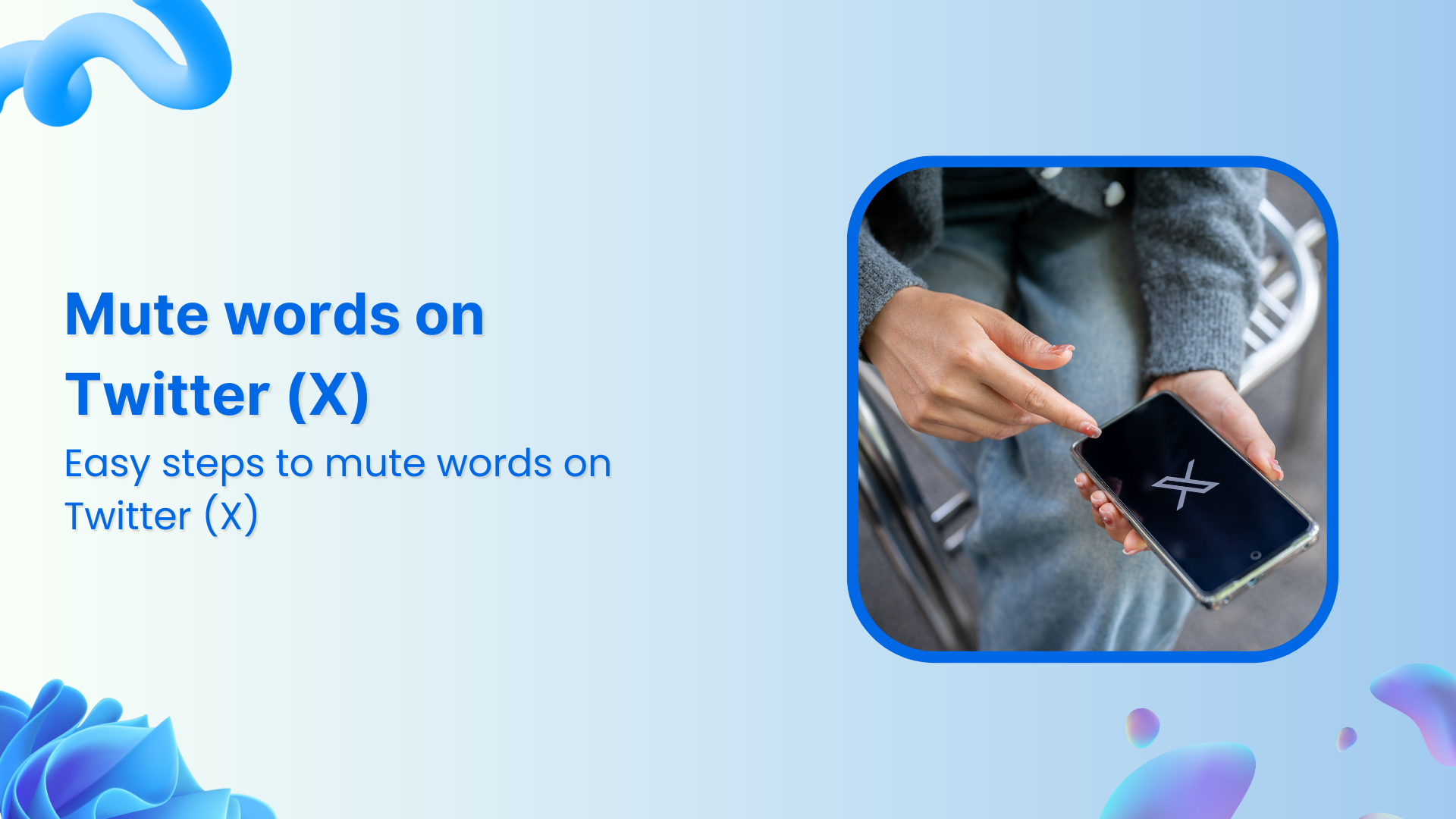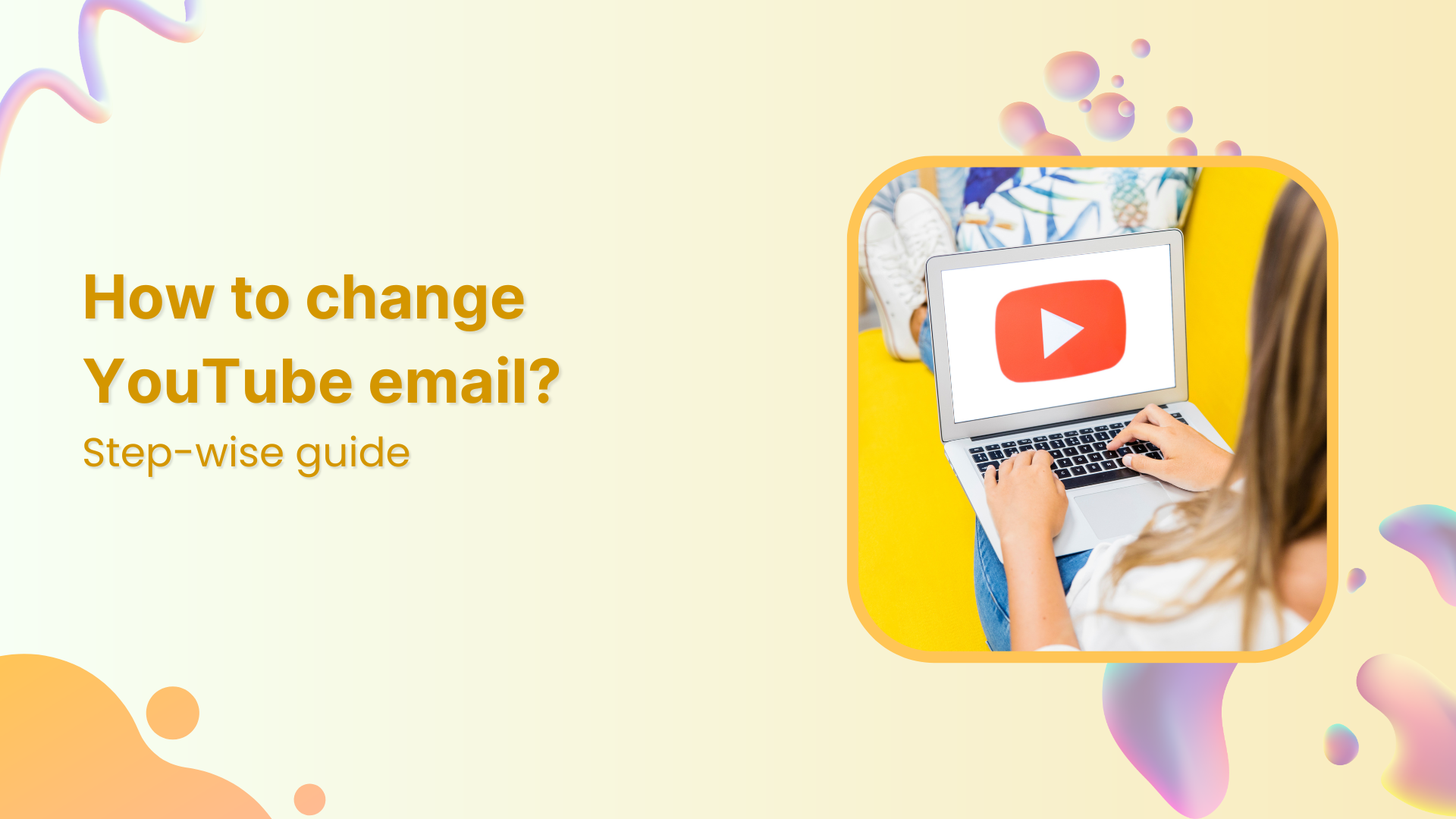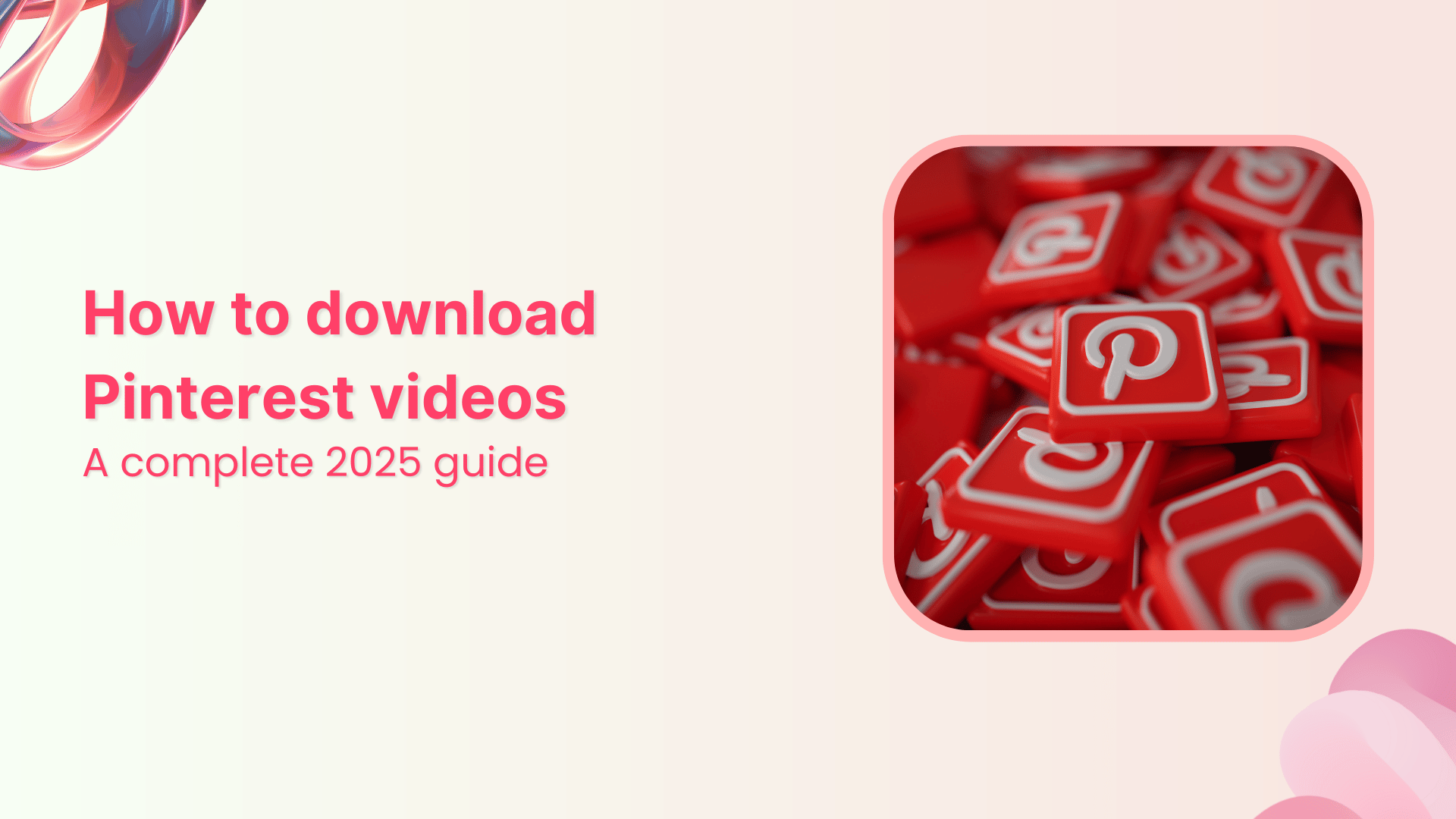Bulk-generate & schedule posts in seconds with Smart Scheduling. Try now!
How to Manage Social Media Privacy Settings?
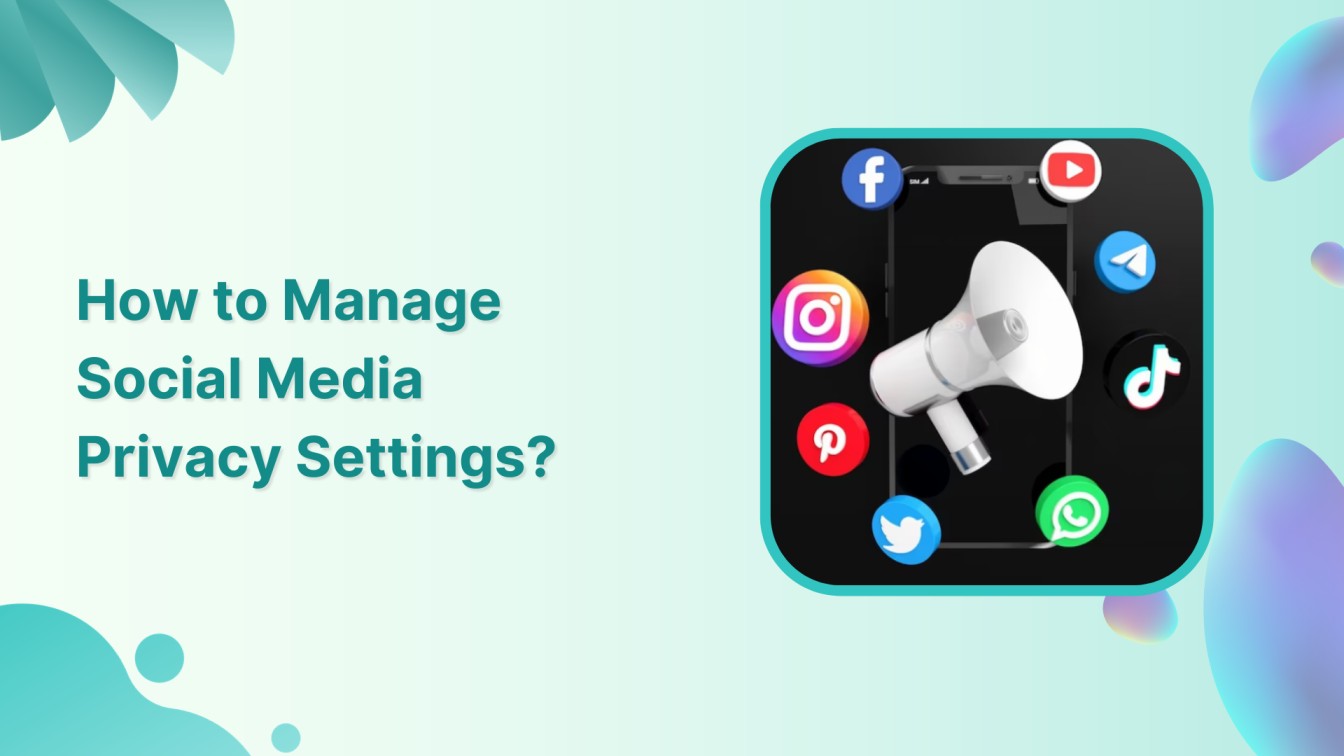
Undeniably, social media has changed the way we connect, but it’s also made our personal information more accessible. Don’t worry, though! We’re here to guide you on how to manage your social media privacy settings. Without further due, let’s get started.
The easiest way to manage and grow your social channels.
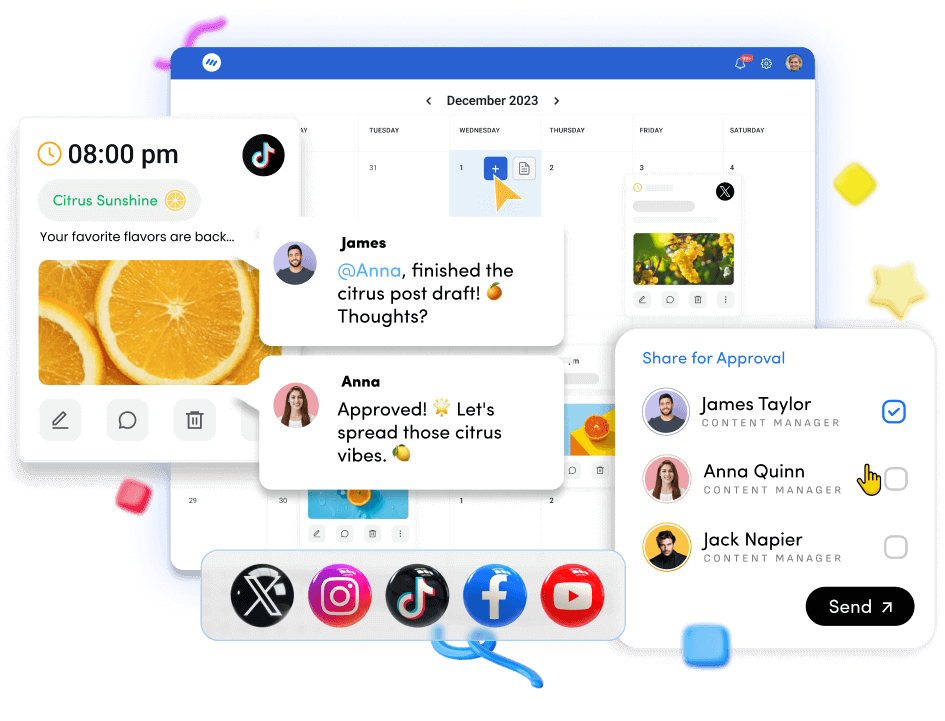
15 ways to manage social media privacy settings
Follow these time-proven tips to take control of your online presence. For a better understanding I will be using a Facebook account’s example:
1. Review your current settings:
Start by reviewing your current privacy settings on the social media platform. This will help you understand what you’re currently sharing and with whom.

2. Adjust profile settings:
Most platforms allow you to control who can see your profile and its contents. Set your profile according to your comfort level.
Also Read: How to Make Facebook Private?
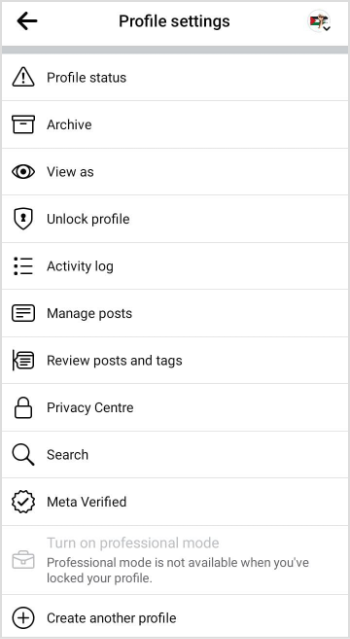
3. Customize post privacy:
When you make a post, you can often choose who can see it. This may be different from your overall profile privacy settings. You can typically select from options like “Public,” “Friends,” or “Custom” to specify individuals or groups.
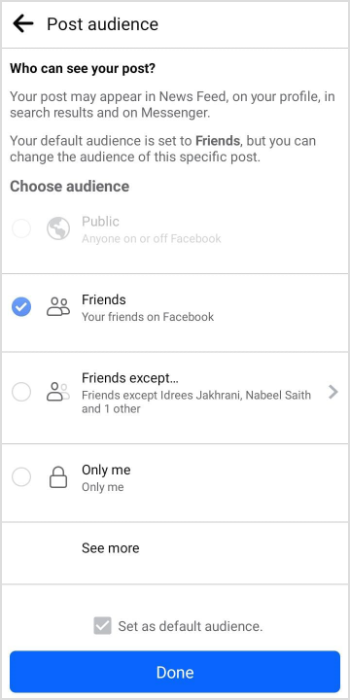
4. Review friend requests:
Reviewing friend requests/follow requests on social media platforms keeps your online connections meaningful and secure. Stay in control of your social network!

5. Manage friend lists:
On social media platforms, you can create and manage friend lists (e.g., close friends and family) and customize who can see your posts based on these lists. Organizing your contacts can help you share content with specific groups.
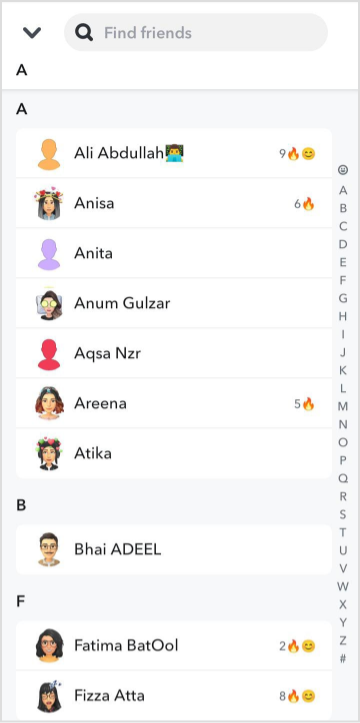
6. Control tagging and mentions:
Set preferences for who can tag you in photos and posts. Make sure to check tagged posts before they appear on your timeline. This helps prevent unwanted posts from showing up on your profile.
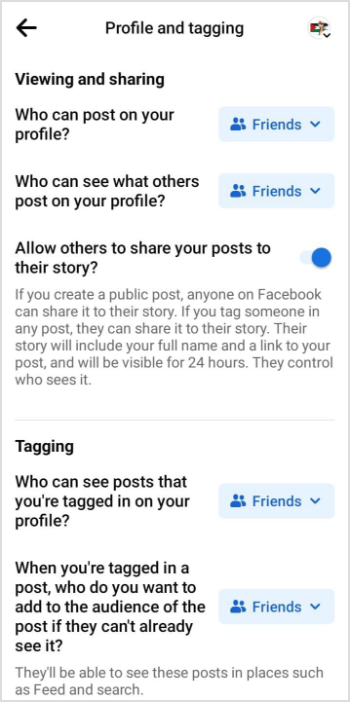
7. Review app permissions:
Many social media platforms allow you to use third-party apps. Check the permissions you’ve given to these apps and remove access for any you don’t use or trust anymore.
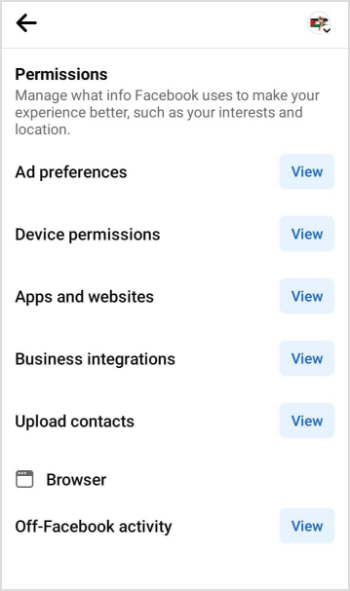
8. Location services:
Be cautious about sharing your location on social media. Turn off location services or geotagging for specific posts or your profile settings.

9. Review and clean up old posts:
Some platforms provide options to review and edit old posts for privacy. This can be helpful to limit past content exposure.

10. Protect your personal information:
Don’t disclose your personal information, such as your home address, phone number, or email address, in public posts.
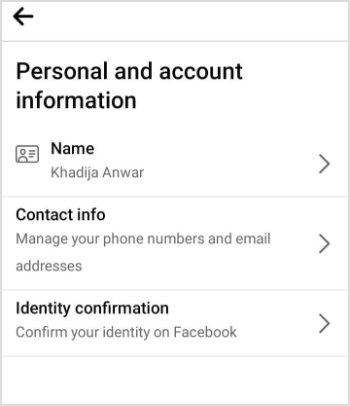
11. Password and security:
Ensure you have a strong, unique password for your social media accounts. Enable two-factor authentication (2FA) for an extra layer of security.
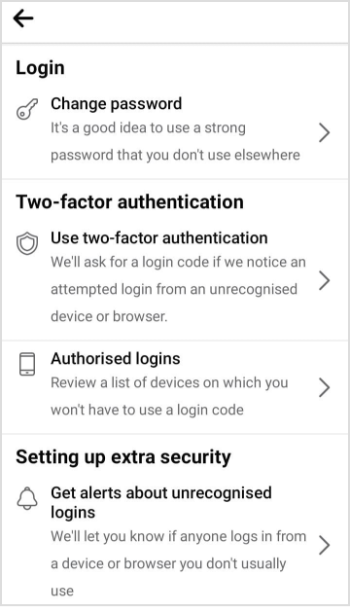
12. Regularly check and update settings:
Periodically review and update your privacy settings, especially after platform updates or changes in your preferences.
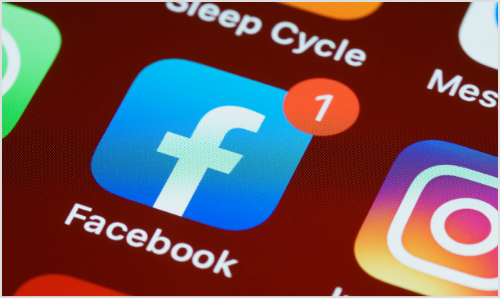
13. Report and block users:
If you encounter harassment or inappropriate behavior, report and block those users. Most platforms have mechanisms for reporting abuse.
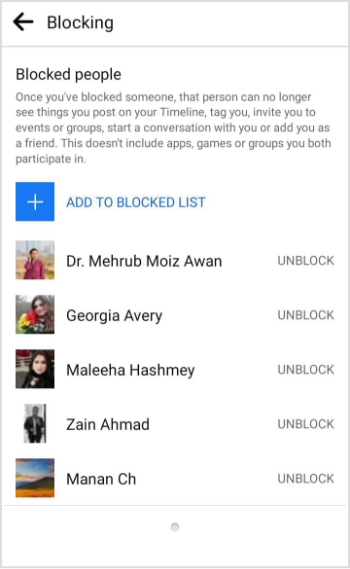
14. Education and awareness:
Stay informed about the platform’s privacy policies, and be cautious about sharing personal information with strangers.
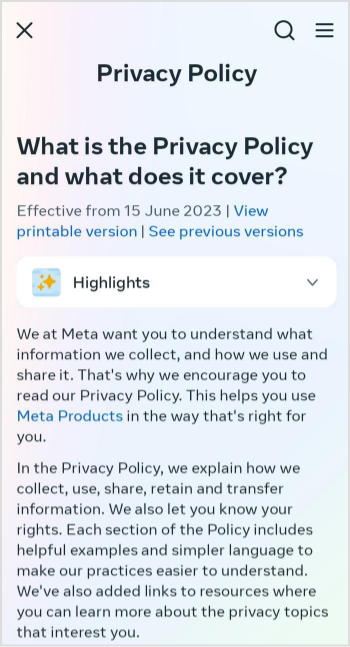
15. Log out from shared devices:
Always log out of your social media accounts on shared or public computers and devices to protect your privacy.
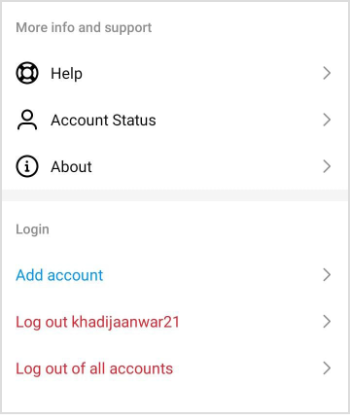
Each social media site has its settings and interface. Make sure you know how to use the settings on the platform you’re using.
P.S. Visit ContentStudio, the top social media management tool for 2024 – and start your free 14-day trial today!
FAQs
Why is it important to manage your privacy settings on social media?
Managing your privacy settings on social media is crucial to control who sees your information and protect your online identity from misuse or potential harm.
How do I protect my privacy settings?
To protect your privacy settings, review and customize your preferences, use strong passwords, enable two-factor authentication, and stay informed about platform policies and updates.
Recommended for you


Powerful social media management software
14-day free trial - No credit card required.
